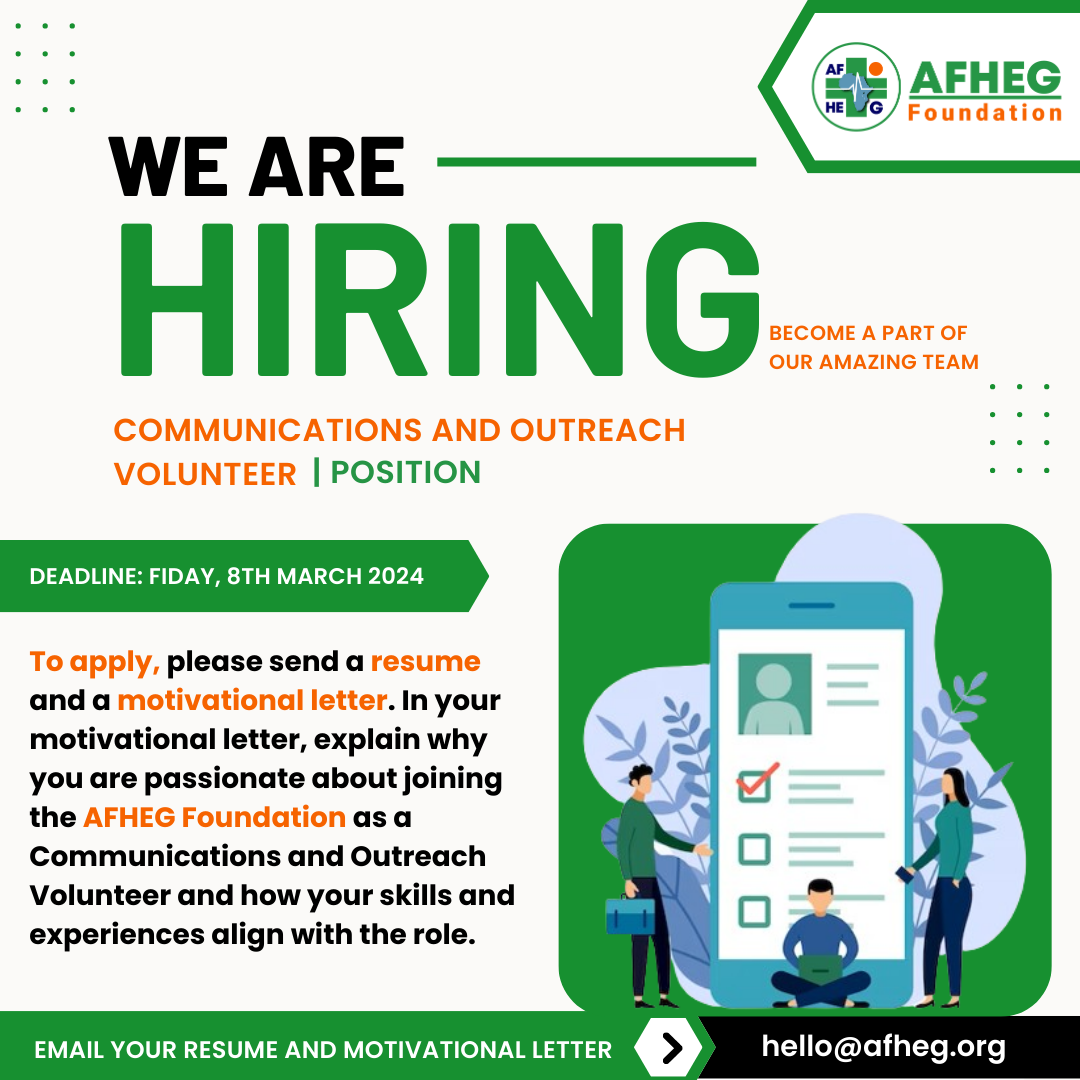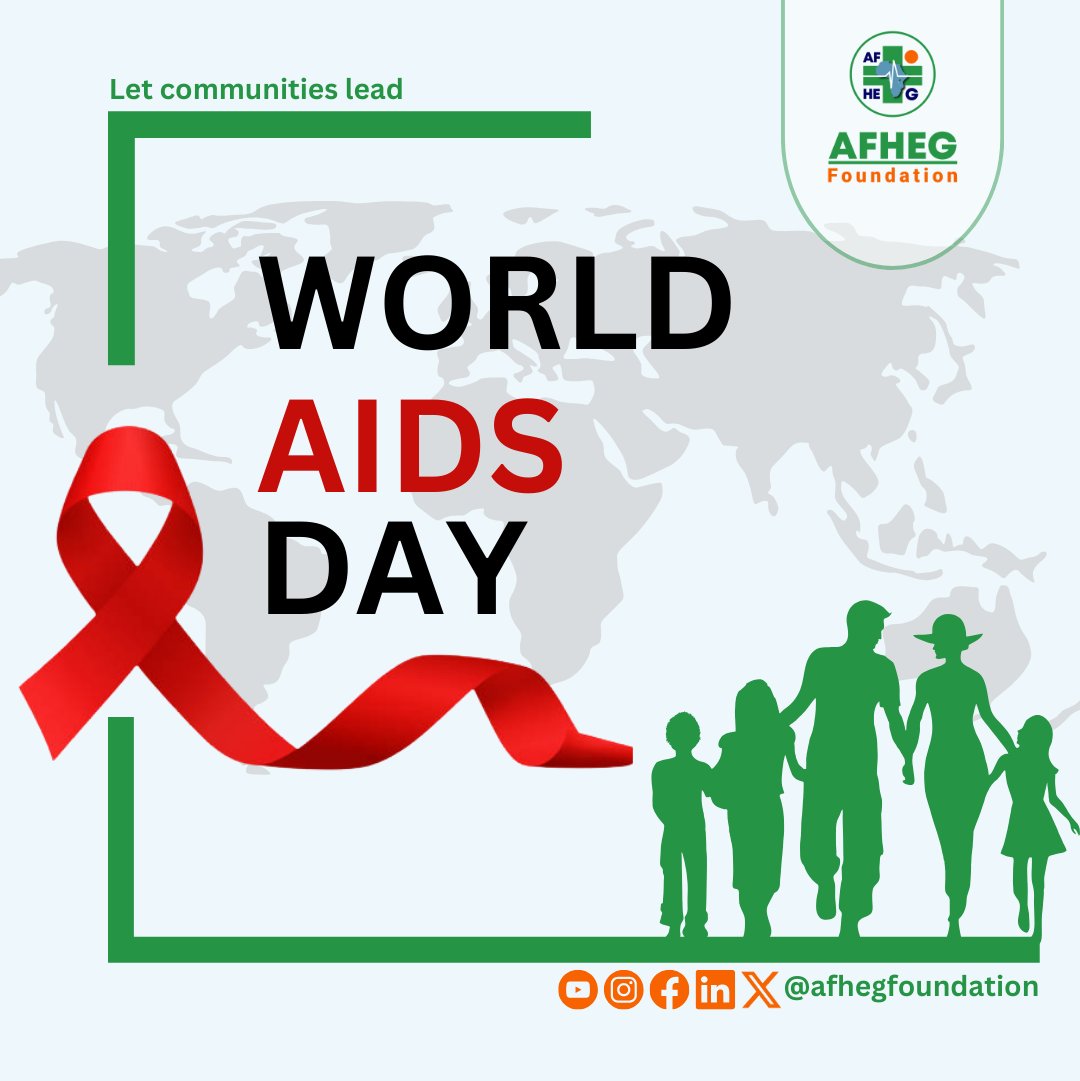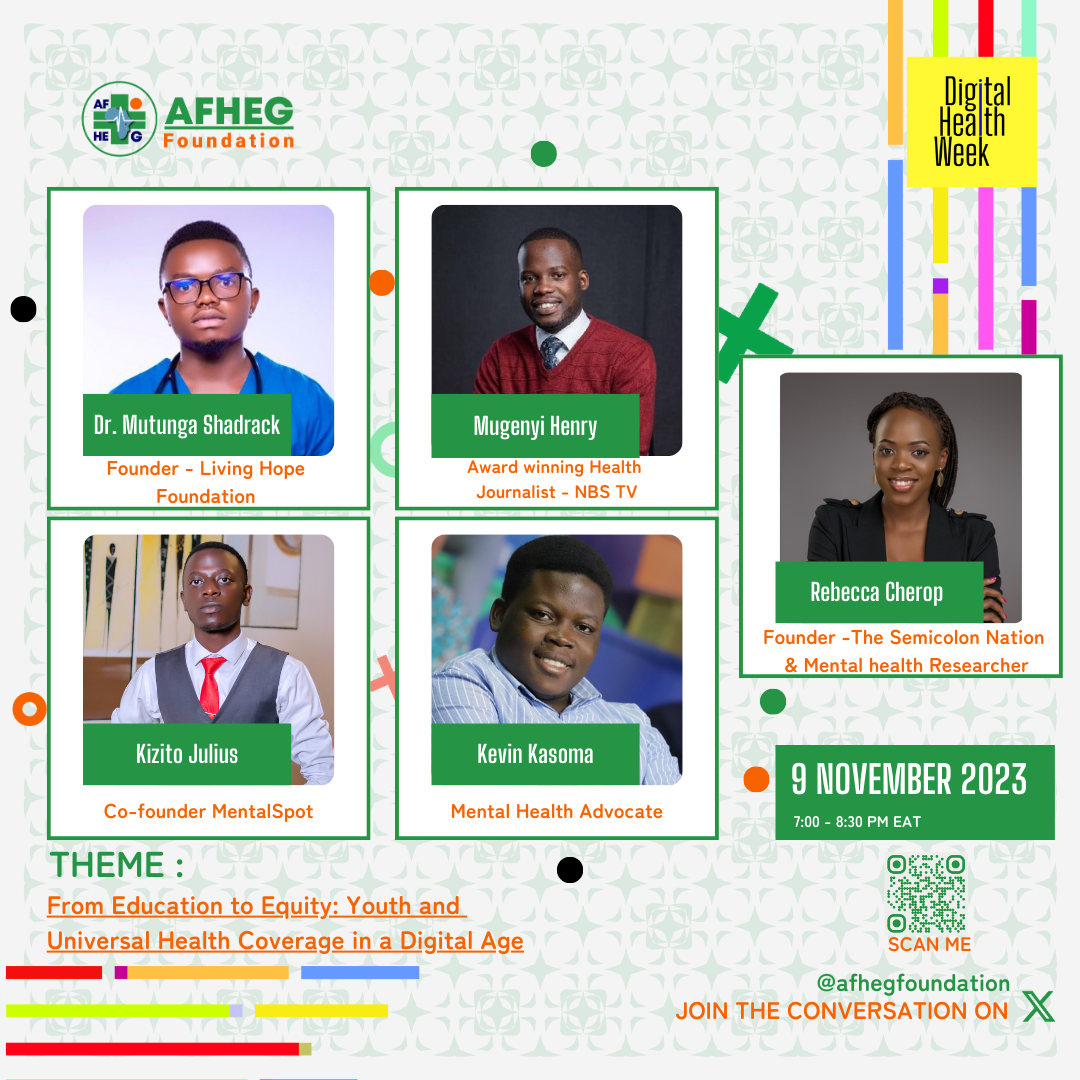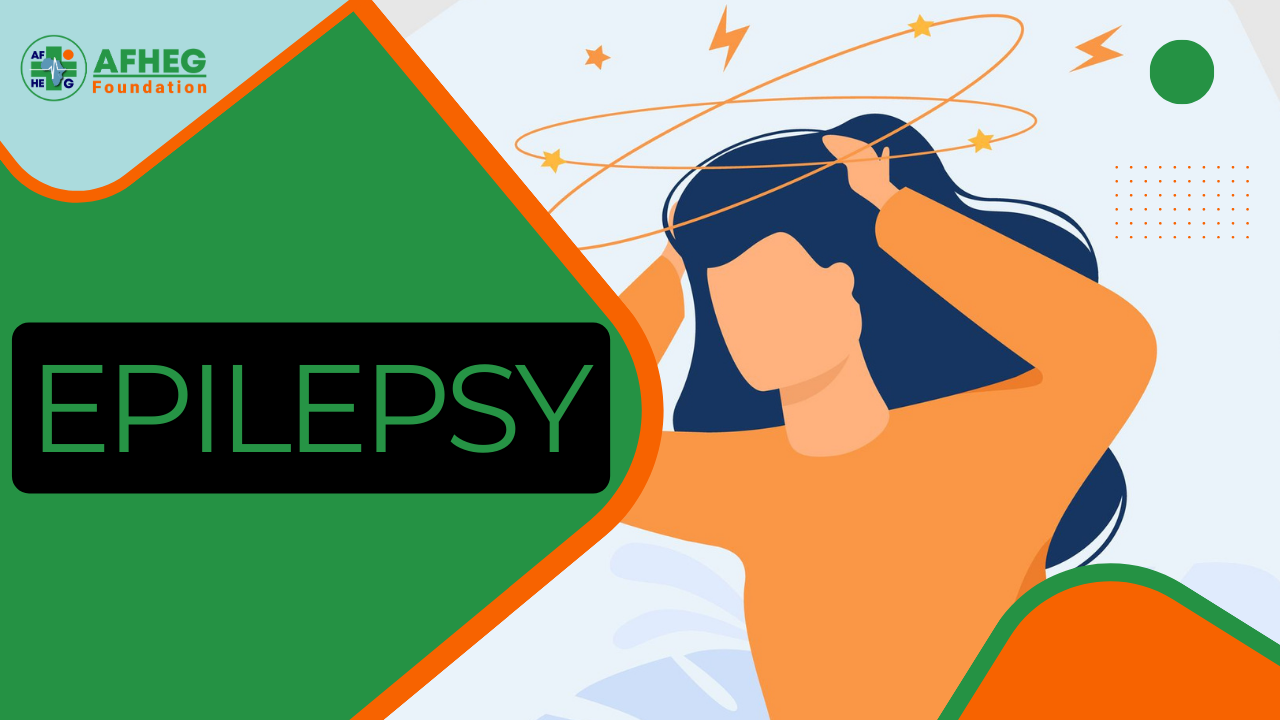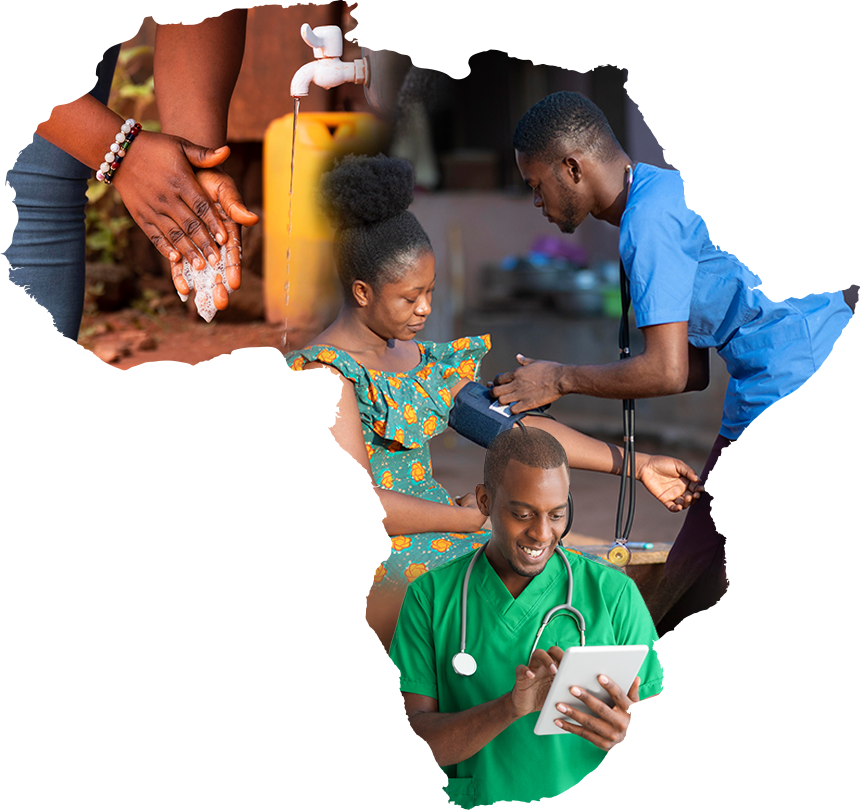Join Our Team: Communications and Outreach Volunteer Opportunity
Company Description
AFHEG Foundation is a non-profit health organization in Uganda dedicated to promoting health literacy and environmental awareness through innovative storytelling and gamified e-learning solutions. Our mission is to empower communities with informed health and environmental practices, fostering a culture of health defenders who raise awareness about essential community health issues.
Position Overview:
The AFHEG Foundation is looking for a passionate and dedicated Communications and Outreach Volunteer to support our communication and outreach initiatives, with some flexibility for remote work. As a Communications and Outreach Volunteer, you will create engaging and informative content for AFHEG’s social media channels, work hand in hand with the team in developing partnerships and collaborations with other health and community organisations, and support AFHEG’s outreach and fundraising events to promote health literacy and environmental awareness. You will work closely with the team to implement the organization’s communication and outreach strategy and ensure that the organization’s branding and messaging is consistent and effective. This role is an excellent opportunity to gain valuable communication and outreach skills and make a difference in the health sector in Uganda.
NB: Applications from university students, recent graduates, and early professionals are encouraged.
Qualifications
- Excellent written and verbal communication skills
- Demonstrated experience in creating engaging social media content
- Strong organization and project management skills
- Ability to work in a team and collaborate effectively with colleagues from diverse backgrounds
- Knowledge of or interest in public health and environmental issues
- Comfortable working in a fast-paced environment with limited supervision
- Enrolled in a bachelor’s programme, graduated from a programme in a relevant field, or has comparable experience
- Proficiency in Microsoft Office, Google Suite, and social media platforms
- Fluency in English
- Passion for health literacy, environmental advocacy, and social impact.
- Stay informed about emerging trends and best practices in communication, outreach, and digital media to enhance the AFHEG Foundation’s impact and visibility.
- Help manage AFHEG Foundation’s social media presence, including content creation, scheduling, and community engagement.
To apply, please send a resume and a motivational letter to hello@afheg.org. In your motivational letter, explain why you are passionate about joining the AFHEG Foundation as a Communications and Outreach Volunteer and how your skills and experiences align with the role.
AFHEG Foundation values diversity and inclusion and encourages individuals from all backgrounds to apply. This is a volunteer position with flexible hours, and we welcome candidates from around the world. We thank all applicants for their interest; however, only those selected for an interview will be contacted.
Deadline: 08th March 2024 5pm (EAT)
